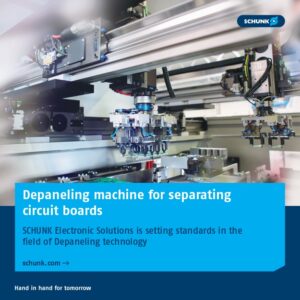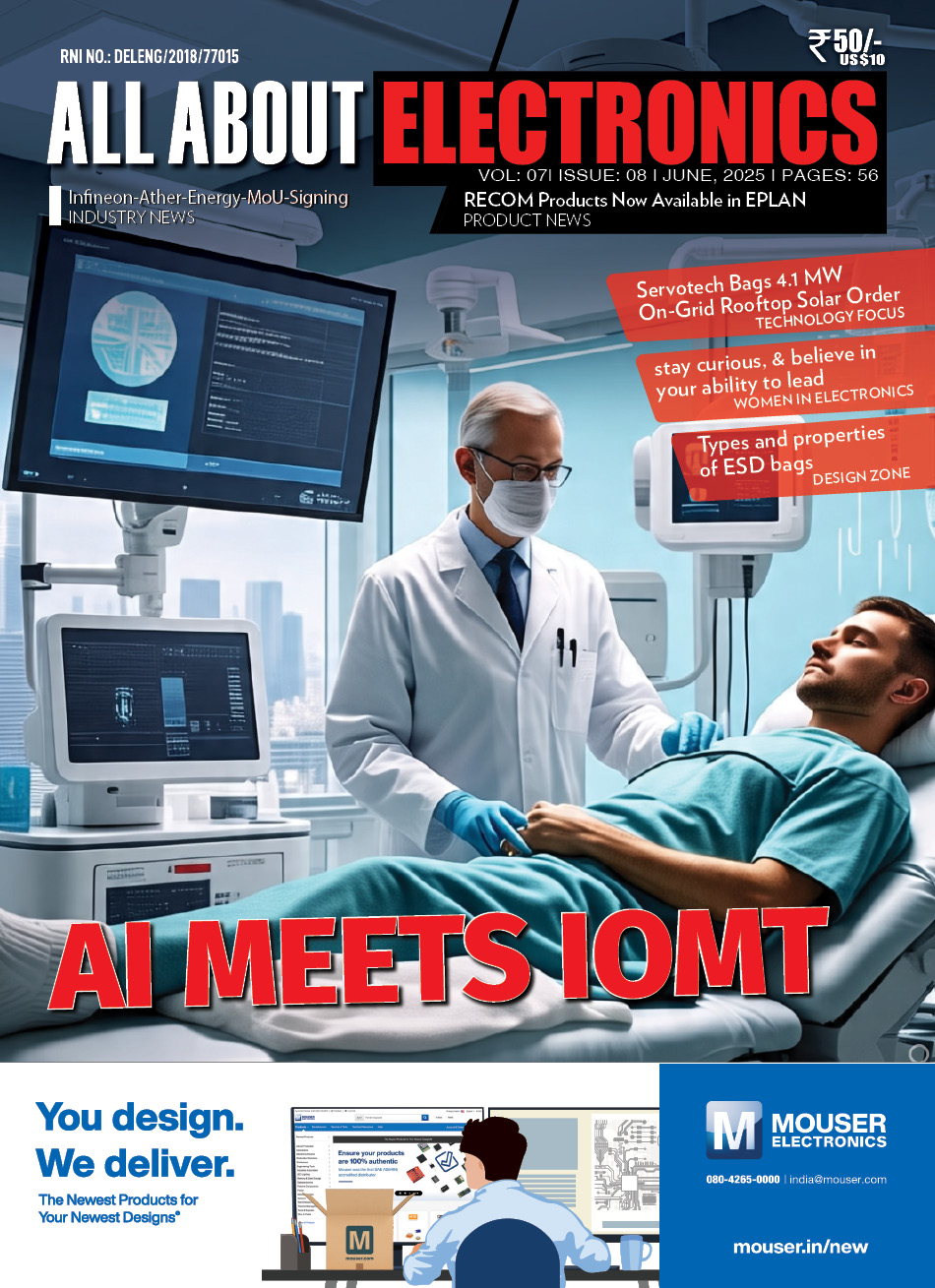Digilent offers complimentary labs for Electrical Engineering which provides seven labs designed to span multiple courses in a typical four-year Electrical Engineering undergraduate program. Students can study and learn the theory behind various circuits and electronics applications, these are complete exercises to simulate, create, and test circuits for specific electronics applications, students will gain proficiency in using the Analog Discovery Studio, Multisim Live, and LabVIEW Community at home.
Analog Discovery Studio is a functional, portable test and measurement device that turns any cross-functional space into a pop-up laboratory. Equipped with test and measurement instruments, including an Oscilloscope, Logic Analyzer, Spectrum Analyzer, Waveform Generator, and more; the Analog Discovery Studio provides an entire stack of bench instruments with a convenient, replaceable, and bread boardable interface, perfect for enabling student learning almost anywhere

Analog Discovery Studio
Students can visualize all aspects of their application, including hardware configuration, measurement data, and debugging with the free NI LabVIEW Community. The NI Multisim Live, an online SPICE simulation tool, lets students create schematic layouts and interactive circuit simulation.

NI LabVIEW Community Interface

NI Multisim Live
Included Course Labs
Lab 1: Resistor-Capacitor Circuits – Covers the basic characteristics of RC Circuits, including both DC and AC analysis, simulation, and experimentation.
Lab 2: Active and Passive Filters – Discover the basic terminology and characteristics of filters such as filter slope, passband, stopband, and cut-off frequency.
Lab 3: Amplifier Frequency Response – Investigate the frequency response of two amplifier circuits, one made with transistors and the other using op-amps.
Lab 4: Full-Wave Rectifiers – Helps students in building a full-wave bridge rectifier and in exploring the V-I characteristic of a diode.
Lab 5: Amplitude Modulation and Demodulation – An lab to introduce students to communications theory with amplitude modulation and demodulation.
Lab 6: UART Serial Communications – Students will explore the basics of serial communication using a microcontroller as the transmitter and the Analog Discovery Studio as the receiver.
Lab 7: Serial Peripheral Interface (SPI) Communication – Allows students to explore communication using the Serial Peripheral Interface (SPI) bus.
The complete course materials are available on Digilent Reference Page.












